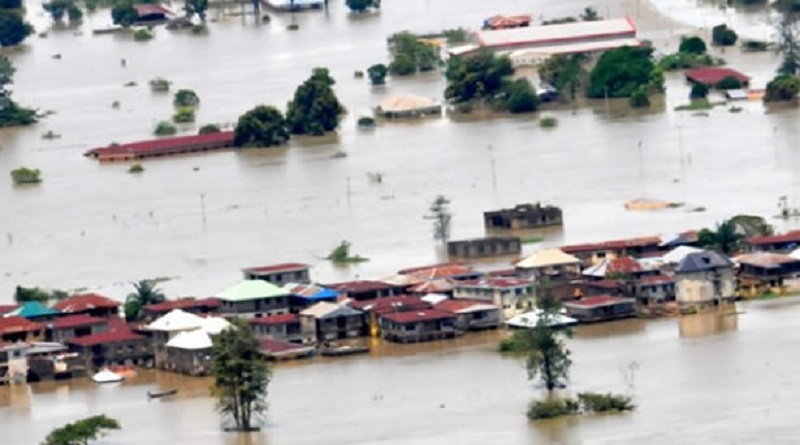Severe flooding compounds health crisis in South Sudan
South Sudan is witnessing some of its worst flooding in decades that has caused widespread devastation in several parts of the country and has so far left more than 226 000 people displaced, homes, livelihood impacted with roads and key infrastructure submerged and several communities devastated.
The floods have affected 42 of South Sudan’s 78 counties. Fifty-eight health facilities have been submerged in five counties and nearly 90 others are inaccessible with about 15 main roads cut off, including those that link to the capital Juba, where tertiary health services are available. As of 4 October 2024, a total 890 000 people in flood-affected counties have been impacted.
Although heavy downpours during the country’s rainy season between April and November often trigger floods, they have become increasingly severe due to climate change, stretching communities’ ability to cope with the devastation and in some cases caused permanent displacement of communities.
The floods have exacerbated an already dire humanitarian situation. South Sudan is currently hosting almost 800 000 refugees and returnees who have fled armed conflict in neighbouring Sudan. In Renk County, in the country’s northern Upper Nile State, through which 60% of refugees and returnees enter South Sudan, two suspected cholera cases have been detected. Malaria cases are on the rise, with more than 120 000 cases and 31 suspected deaths reported as of 29 September 2024. In a period of five weeks, 55 snake bite incidents have been reported.
“People are in a heightened state of vulnerability due to multiple shocks. WHO is committed to work with the Ministry of Health and our partners to ensure that they have access to essential health services continue while also prioritizing the response to growing humanitarian and health needs,” says Dr Humphrey Karamagi, World Health Organization (WHO) Representative in South Sudan.
WHO has distributed about 88 metric tonnes of emergency health kits to key locations including Renk, Bentiu, Malakal and Bor counties to assist flood-affected communities. The kits can treat over 870 000 people and include critical medical supplies such as interagency emergency health kits, cholera investigation and treatment kits, antimalarial drugs and snakebite antivenoms. In addition, the Organization has distributed almost 1300 malaria kits nationwide since January 2024 and prepositioned 20 cholera investigation kits and 9200 stand-alone cholera rapid diagnostic tests, which can test 9400 samples.
WHO is also working with the Ministry of Health in South Sudan to scale up the response to this complex and growing health emergency. The Organization is coordinating the emergency health response collaboration with partners and recently oversaw an initial needs rapid assessment in Cueibet county, collecting essential data and training health workers to strengthen the emergency response. WHO is working closely with local authorities and community leaders to protect health facilities against damage and move essential medical supplies to safer areas.
In coordination with partner organizations, WHO is continuing to monitor the health impacts of floods, with a focus on vector-borne and water-borne diseases. Within the affected states is also coordinating on-the-ground flood response to ensure emergency health assistance reaches the people in need.
Across the African region, WHO is working with governments to in the efforts to build climate-resilient health systems that can adapt to emerging threats, while continuing to meet existing health needs. Climate change presents a fundamental threat to human health. Addressing the complexity of climate-related health challenges require robust legal, institutional and operational structures for effective action. This means building scientific evidence to demonstrate the direct and indirect health-related vulnerabilities then using the evidence to plan for adaptation and mitigation of climate change impacts on health.
WHO is supporting countries to develop and implement measures to better cope with climate and environmental change impacts on health systems, track national progress in protecting health from climate effects and reduce health systems’ carbon emissions. The Organization is advocating for sustainable investment to build resilient health systems and infrastructure to better withstand climate shocks and protect vulnerable communities.




